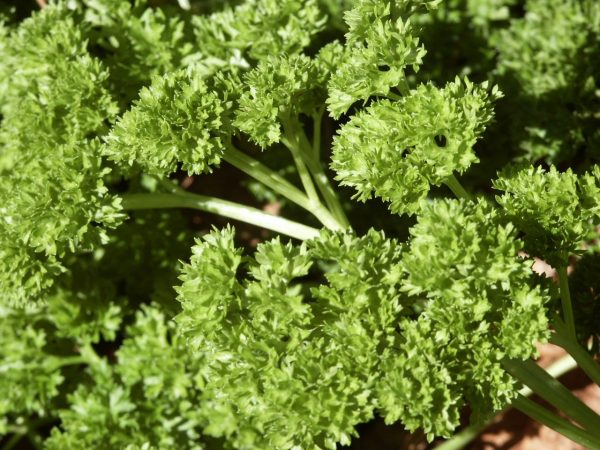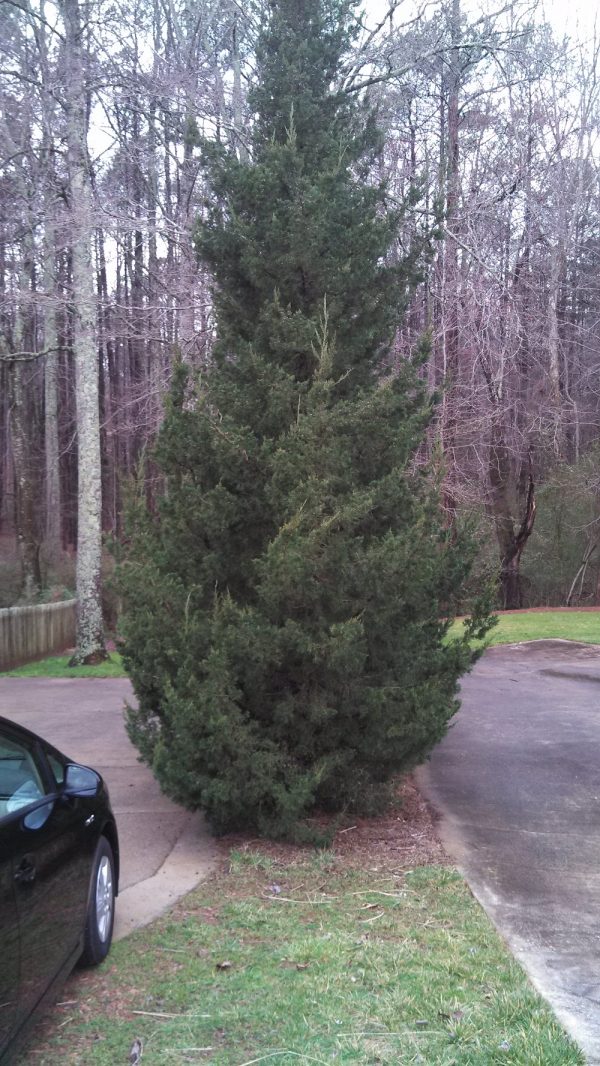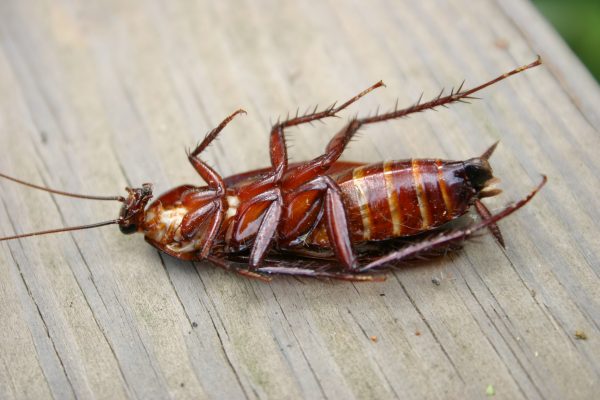Parsley

Petroselinum crispum
taken from The Georgia Fruit and Vegetable Book by Walter Reeves and Felder Rushing
Virtually everyone recognizes Parsley, a frequently-appearing garnish on plates served in restaurants. Parsley leaves are also used in various dishes, soups and sauces. Cooks add Parsley Root, which is grown in the same way as Carrots, to soups and stews. Although parsley is a biennial member of the Umbelliferae family, gardeners grow it as an annual.
• See also Home Garden Parsley
WHEN TO PLANT
You may sow seed indoors under lights in midwinter, or you may wait until the soil can be worked and sow Parsley seed directly in the garden. Set out transplants as soon as the soil can be worked in the spring.
WHERE TO PLANT
Parsley grows well in full sun (8 to 10 hours or so) or partial shade (filtered light all day or shade part of the day) in soil that has been prepared deeply and well. The plants reach only 1 foot or so in height before going to seed, so plant them wherever they fit. Planting them at the end of a bed makes them easily accessible to be clipped as needed. Regular clipping of leaves permits you to use them before they deteriorate. Usually, 6 or 8 plants are sufficient for a family.
HOW TO PLANT
Prepare the soil. The seed takes a long time to germinate outdoors, sometimes 4 or more weeks. Sow it 1 inch apart in rows 1 foot apart, then thin seedlings to a 5 or 6inch spacing. Sown indoors under lights at 70 degrees Fahrenheit in pots covered with plastic wrap, the seed will germinate in 1 week or less. Transplant seedlings into peat pots when they are large enough to handle for setting directly into the garden. Space plants 1 foot apart in each direction in beds or 1 foot apart in rows 2 feet apart.
CARE AND MAINTENANCE
Parsley takes little care in the garden. Apply 1 inch of water per week if there is insufficient rainfall and hoe or pull weeds as they appear. The plants are susceptible to mites, especially under lights. Spray with insecticidal soap to control them and rinse the treated leaves before use. Some families grow Parsley more for the swallowtail caterpillars that feed on them in fall than for the fragrant leaves. If you find the caterpillars on a plant, pick them off and place in a screen cage. Supply with fresh parsley leaves each day. When the caterpillar seems to have “disappeared” one day, look carefully for the butterfly chrysalis hanging from a corner of the cage.
ADDITIONAL INFORMATION
Harvest Parsley leaves as they mature. Clip the oldest leaves as needed, or clip the entire top off and let the rest regrow. A plant can be harvested this way several times during the season. Dig Parsley Root (Petroselinum crispum tuberosum) when the roots are 11/2 inches in diameter, usually in late summer. Parsley bolts and produces a seed stalk the second year. Protect Parsley from cold with a mound of pine straw around it and it will continue to produce all winter. You can also dig up 1 or 2 plants before the first frost, shake off as much soil as possible and pot them in artificial potting soil. Then set them over the kitchen sink where they will be convenient to take a snip to flavor your cooking all winter. You might also grow Parsley under lights. Parsley is grown as an annual because it will bolt immediately in spring.
















